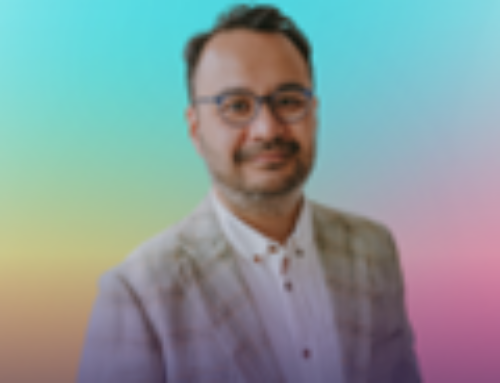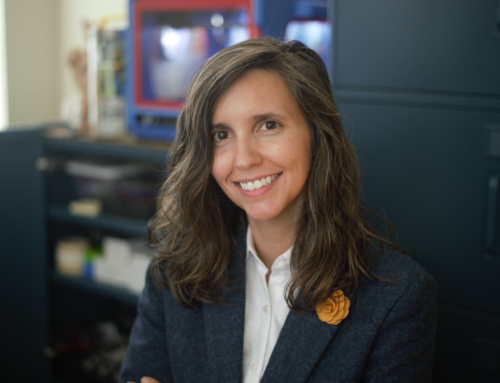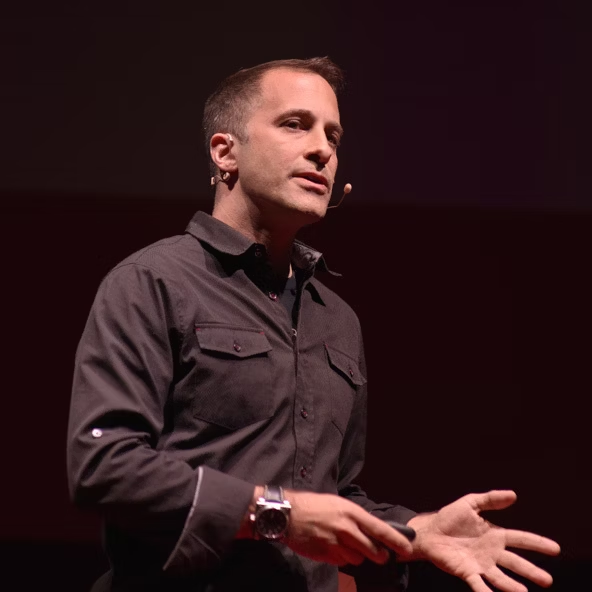Guest Contributor David Geye
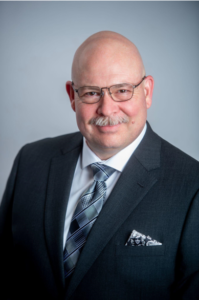
David Geye is a strategic foresight professional committed to leveraging his extensive military intelligence and corporate experiences to anticipate future trends and challenges. His career is distinguished by his ability to lead diverse teams, apply critical foresight methodologies, and facilitate strategic planning processes that guide organizations toward innovative solutions and resilient futures. With a passion for futures thinking and a proven record of professional and academic excellence, David artfully bridges the gap between technology-focused national security futurists and whole-of-government approach traditionalists to enable organizations in the DIME space to both work in harmony with and see beyond the limitations of resourcing and other cycles in the operational environment so they can visualize, plan, and prepare to meet their best futures.
“Futuring at the Corner of STEEP and DIME”
////\\\\.
Hi. I’m David Geye. I recently graduated from the UH Foresight MS program and I will be your guest blog poster today.
While I was in the Program, I learned that futurists in the national security field have a counterpart/arch nemesis: Traditionalists. I confess that before this I didn’t know there were opposite counterparts to futurists, nor what they were called.
I was also somewhat surprised to learn that in the national security field futurist largely equates to technologist. This disappointed me a bit (read: a lot). I’ve grown to appreciate how the UH foresight program stresses the importance of the “SEEP” macroenvironmental categories, so-to-speak. We understand the “T” is important, but we recognize it is not first among equals in STEEP (Social, Technological, Economic, Environmental, Political).
The polarization between national security futurists and traditionalists leads me to think there could be room in that field for a different type of futurist that can artfully navigate the middle ground between technology-driven national security futurists and traditionalists. A futurist intimately familiar with all the interesting and vibrant neighborhoods that meet at the corner of STEEP and DIME (Diplomacy, Information, Military, and Economics).
The following missive is just, like, my opinion, man… and I suspect some readers will say that what I’m describing is just a plain ole’ futurist.
To which I say, “Yes, yes, I hear you but…
<Stares in Category Ownership>.
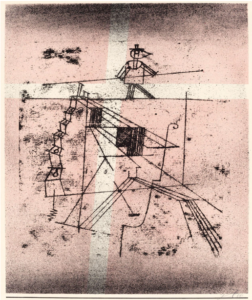
The Tight Rope Walker (Seiltänzer) (1923) by Paul Klee. Original portrait painting from The Art Institute of Chicago. Digitally enhanced by rawpixel. Public Domain Free CC0 image for Personal and Business use
In the complex, nuanced, and rapidly evolving field of national security, the philosophical differences between futurists and traditionalists often seem too far apart to reconcile. Futurists, always scanning the horizon and exploring the fringe, often advocate for the potential of emerging technologies such as artificial intelligence, autonomous systems, and cyber capabilities as game-changing developments that require a rethinking of warfare and security. They view these as indispensable tools for maintaining strategic advantage. Traditionalists, on the other hand, are rooted in time-tested methods and theories, and caution against too-quickly embracing innovation. They instead rely on the proven effectiveness of existing strategies and emphasize the importance of human judgment, the value of historical lessons and methods, and the risks inherent in depending on systems that may fail or be compromised.
This ongoing debate presents an opportunity for the emergence of a new player in the national security sector: the balanced futurist. The balanced futurist specifically seeks to reconcile the conflicting futurist/traditionalist perspectives, valuing the promise of technological progress while respecting the proven wisdom of established approaches. They operate at the nexus of the STEEP categories that are used to define the global macroenvironment and the DIME model that has traditionally defined the instruments of national power.
A balanced futurist in national security is a hybrid thinker who understands that technology can amplify aspects of national power, but is not a cure-all for national security issues. They support the integration of new technologies in ways that complement but do not supplant human capabilities. For example, advocating for the use of AI in data analysis to forecast security threats, while also emphasizing the criticality of human intuition and contextual understanding in interpreting that data.
The balanced futurist also artfully manages the interplay between technology and diplomacy. They understand that while cyber capabilities may offer new means of influence and coercion, traditional diplomatic engagements remain essential for de-escalation and conflict resolution. They advocate for an integrated approach that leverages emergent technology in service of diplomatic objectives, such as using advanced communication platforms to facilitate international negotiations or employing cyber tools for confidence-building measures.
Ultimately, the balanced futurist is a pragmatist who seeks to blend innovation with experience. They are neither distracted by the emergence of shiny new gadgets nor hobbled by an over-reliance on the past. Their mission is to ensure that national security strategies are both forward-looking and grounded, capable of adapting to emerging challenges without discarding the lessons of history.
As the national security landscape continues to be shaped by both technological advancements and geopolitical dynamics, the balanced futurist’s role becomes ever more critical. This new breed of security expert will be essential in an era where technological advancements and traditional diplomatic strategies must coexist to address multifaceted global threats effectively. By synthesizing the best elements of futurism with the cautionary principles of traditionalism, balanced futurists can illuminate for policy makers a vision of security that is both resilient and dynamic, ensuring that nations are prepared to face the uncertainties of both the present and the future.

